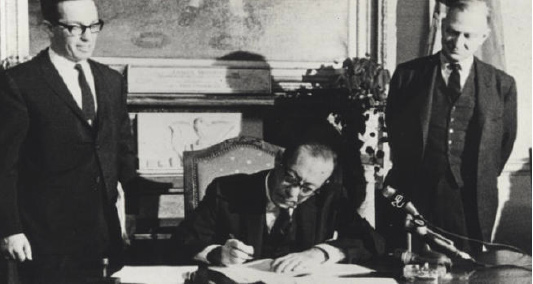There are four types of designations:
Individually Designated Landmarks There are almost 1,400 individual landmarks that include Carnegie Hall in Midtown Manhattan, the Louis Armstrong House in Queens, the Wonder Wheel in Coney Island, the Bronx Borough Courthouse, and the Alice Austen House in Staten Island.
Interior Landmarks There are 115 interior landmarks that include the Marine Air Terminal at LaGuardia Airport, the RCA Building Lobby at Rockefeller Center, the Sailors' Snug Harbor Chapel in Staten Island, the Crotona Play Center in The Bronx, and the Williamsburgh Savings Bank Tower in Brooklyn.
Scenic Landmarks There are ten scenic landmarks: Bryant Park, Verdi Square, Riverside Park and Riverside Drive, Central Park, Fort Tryon Park, Morningside Park, Prospect Park, Eastern Parkway, Ocean Parkway, and Magnolia Grandiflora (a designated tree).
Historic Districts are areas of the city that possess architectural and historical significance, and a distinct "sense of place." There are 109 historic districts, with 19 historic district extensions. Examples include: Ladies' Mile in Manhattan, Cobble Hill in Brooklyn, St. George-New Brighton in Staten Island, Jackson Heights in Queens, and Longwood Historic District in The Bronx.
What is the NYC LPC?
The NYC Landmarks Preservation Commission is the mayoral agency responsible for identifying, designating, preserving, and regulating New York City's architecturally, historically, and culturally significant buildings and sites. The landmarks law of New York City, considered among the most influential in the nation, stipulates that the Commission must be comprised of at least three architects, a historian, a realtor, a planner or landscape architect, as well as a representative of each borough. The agency consists of eleven Commissioners and approximately 50 staff members, including architects, architectural historians, restoration specialists, planners, and archaeologists, as well as administrative, legal, and clerical personnel. Although it is one of the smallest New York City agencies, the Commission is the largest municipal preservation agency in the United States.

